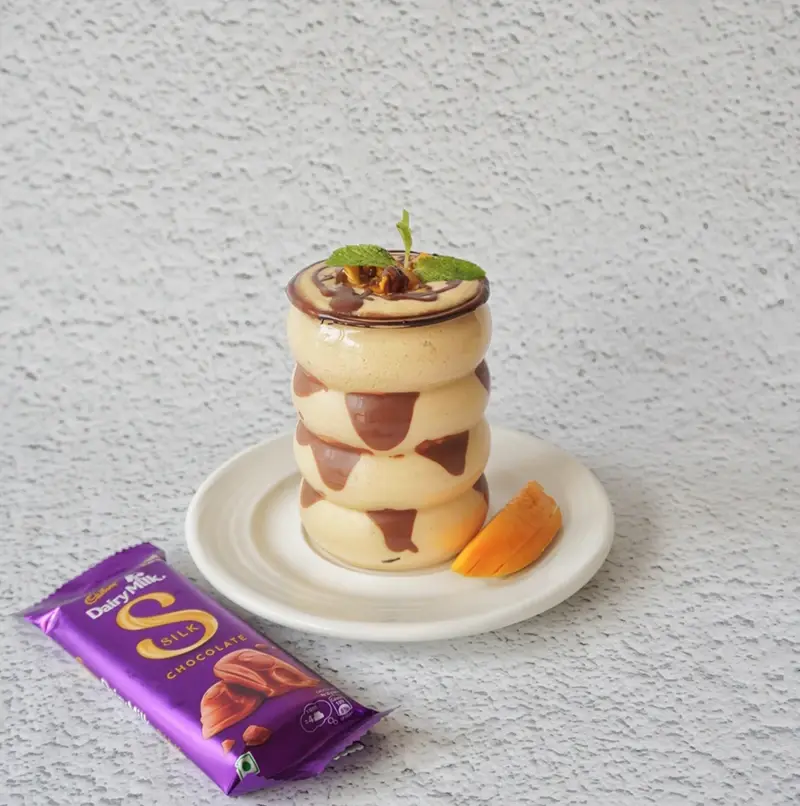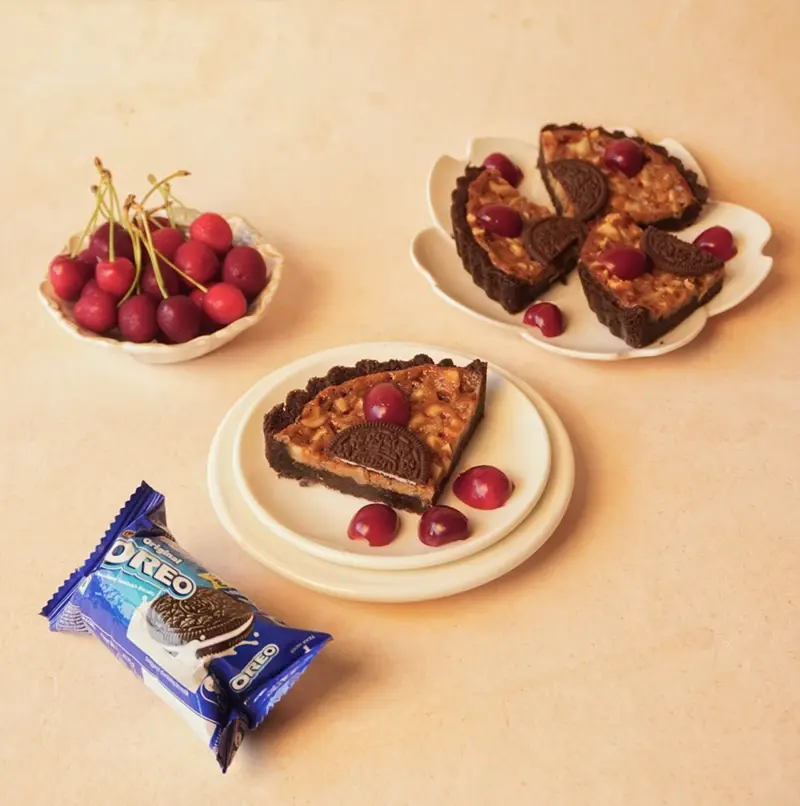Here’s a badam halwa recipe with Dairy Milk that’s easy to follow and so delicious that it's sure to become your new favorite.

There’s nothing quite like the rich, luxurious texture of badam halwa. A traditional Indian sweet made from ground almonds, ghee, and sugar, it’s a festive favorite across the country. But what if you could give it a modern twist? That’s where the badam halwa recipe with Dairy Milk comes in, an indulgent version that brings together the nutty flavor of almonds and the creamy sweetness of Dairy Milk chocolate. The addition of Dairy Milk not only enhances the flavor but also makes the halwa smoother and more decadent. If you're ready to upgrade your halwa game, here's a detailed, step by step guide to help you create this crowd pleasing dessert at home.
Ingredients:
For the almond base:
- 1 cup almonds (badam)
- 2 cups hot water (for soaking)
- 1 ½ cups full fat milk
For the halwa:
- ½ cup ghee (clarified butter)
- ¾ cup sugar (adjust to taste)
- ¼ cup Dairy Milk chocolate (grated or broken into small pieces)
- 5 saffron strands (optional)
- ½ tsp cardamom powder
- 2 tbsp chopped almonds or cashews (for garnish)
Method:
- Begin by soaking 1 cup of almonds in hot water for about 30 minutes. This softens the skin and makes it easier to peel.
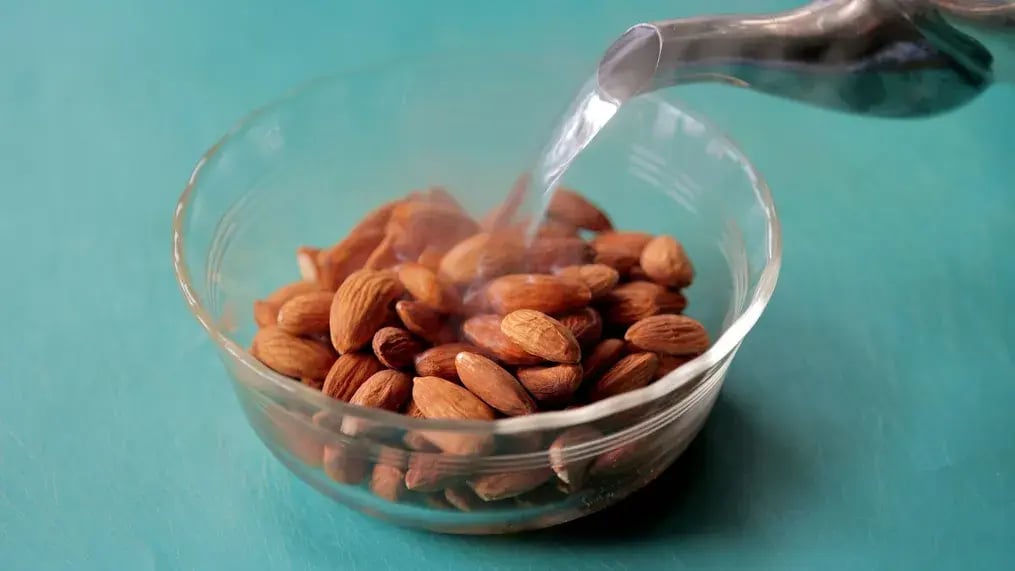
- Once soaked, drain the water and gently pinch each almond to remove the skin. This process may seem tedious, but it’s essential for the smooth, creamy texture of the halwa.
- Transfer the peeled almonds to a blender. Add 1½ cups of full fat milk and blend until you get a fine, smooth paste. This almond milk blend will form the base of your halwa. Make sure there are no coarse bits. A high powered blender helps ensure a silky finish.
- In a heavy bottomed non stick pan or kadhai, heat ½ cup of ghee on medium flame. Once it melts and begins to emit a rich aroma, pour in the almond paste. Be careful at this stage as the mixture will sizzle and bubble. Stir continuously to avoid splattering and ensure even cooking.
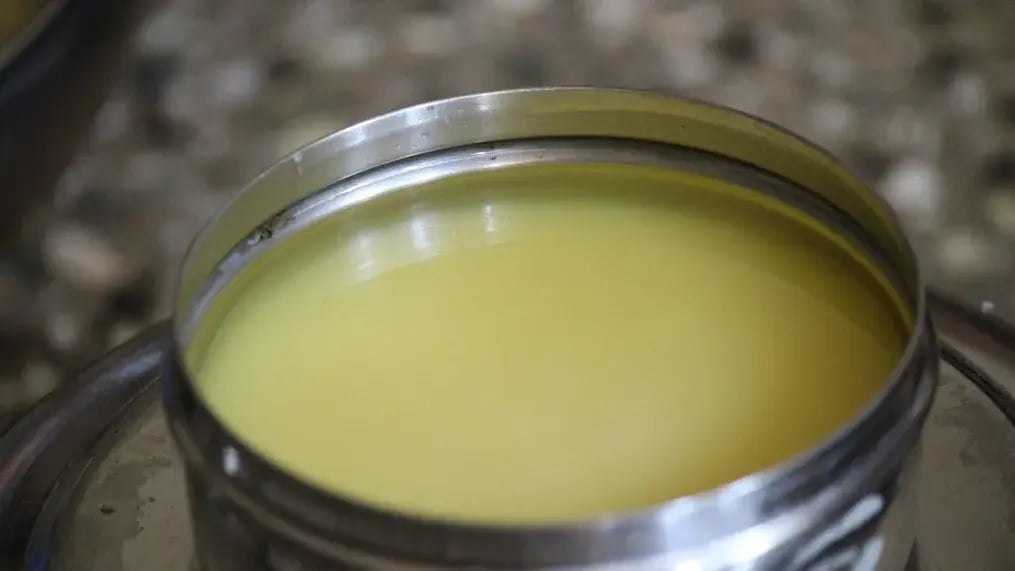
- Stir the almond paste constantly on low to medium heat. As it cooks, the mixture will begin to thicken and reduce. After about 10 minutes, the raw smell of almonds will disappear, and the paste will start to leave the sides of the pan. This slow cooking process helps enhance the nuttiness and removes moisture from the milk.
- Now it’s time to add ¾ cup sugar or you can adjust to taste. The halwa will loosen up again because of the moisture in the sugar. Keep stirring to help it rethicken. At this stage, you can also add ½ tsp cardamom powder and saffron strands if using, which lend a beautiful fragrance and subtle flavor to the dessert.
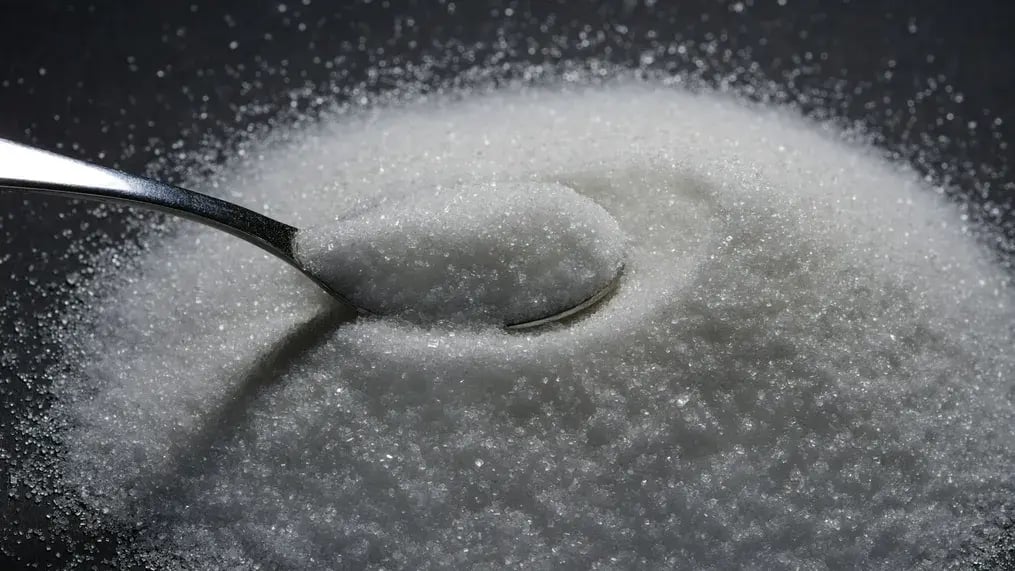
- Once the sugar is well incorporated and the mixture begins to leave the pan again, reduce the flame to low and add the grated or broken Dairy Milk chocolate. Stir gently and continuously. As the chocolate melts, it will blend seamlessly into the halwa, giving it an incredibly creamy texture and a gentle cocoa richness. Don’t rush this step. Let the chocolate melt slowly and evenly. The result is a velvety, rich halwa that tastes like a cross between Indian mithai and a milk chocolate truffle.
- Continue cooking and stirring until the entire mixture comes together in one mass and starts to leave the sides of the pan. This is your sign that the halwa is ready. You’ll notice a glossy sheen from the ghee, and the texture will be dense yet smooth.
- Turn off the heat and transfer the halwa into a serving dish. While it’s still warm, top with chopped almonds or cashews for a bit of crunch. You can serve it hot, warm, or even chilled, as each variation offers a unique mouthfeel. If you're preparing it ahead of time, simply reheat in a microwave or on the stovetop with a splash of milk.
Tips:
- Use fresh almonds as stale or old almonds can give the halwa a bitter taste. So make sure your nuts are fresh and sweet.
- Grate the chocolate finely. This ensures the chocolate melts evenly and avoids clumping. You can also use a double boiler to pre melt the Dairy Milk and stir it in if you're worried about uneven mixing.
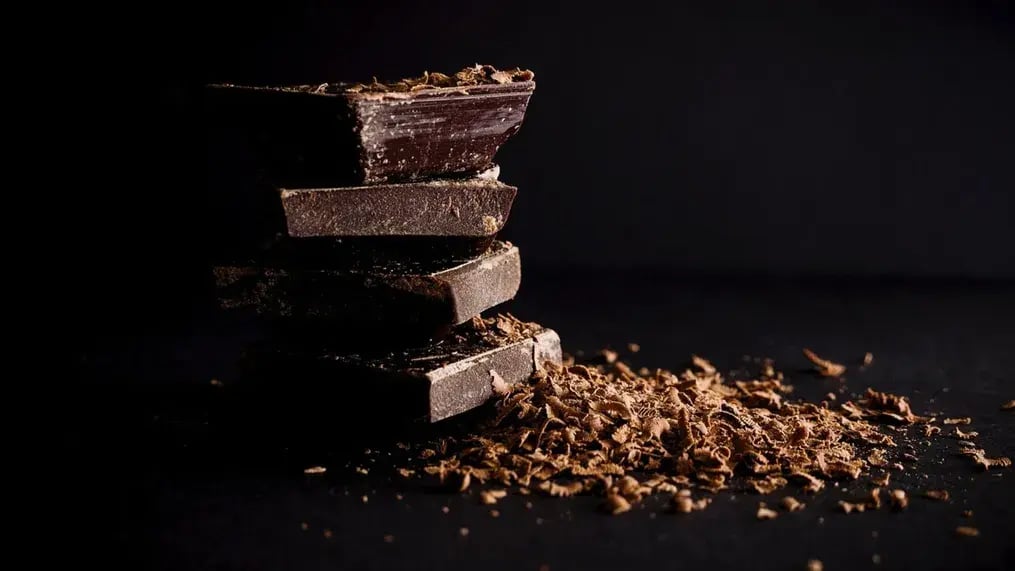
- Don’t skimp on the ghee. It may seem like a lot, but ghee not only prevents sticking but also enhances the flavor and mouthfeel.
Like This Article?
More Like This
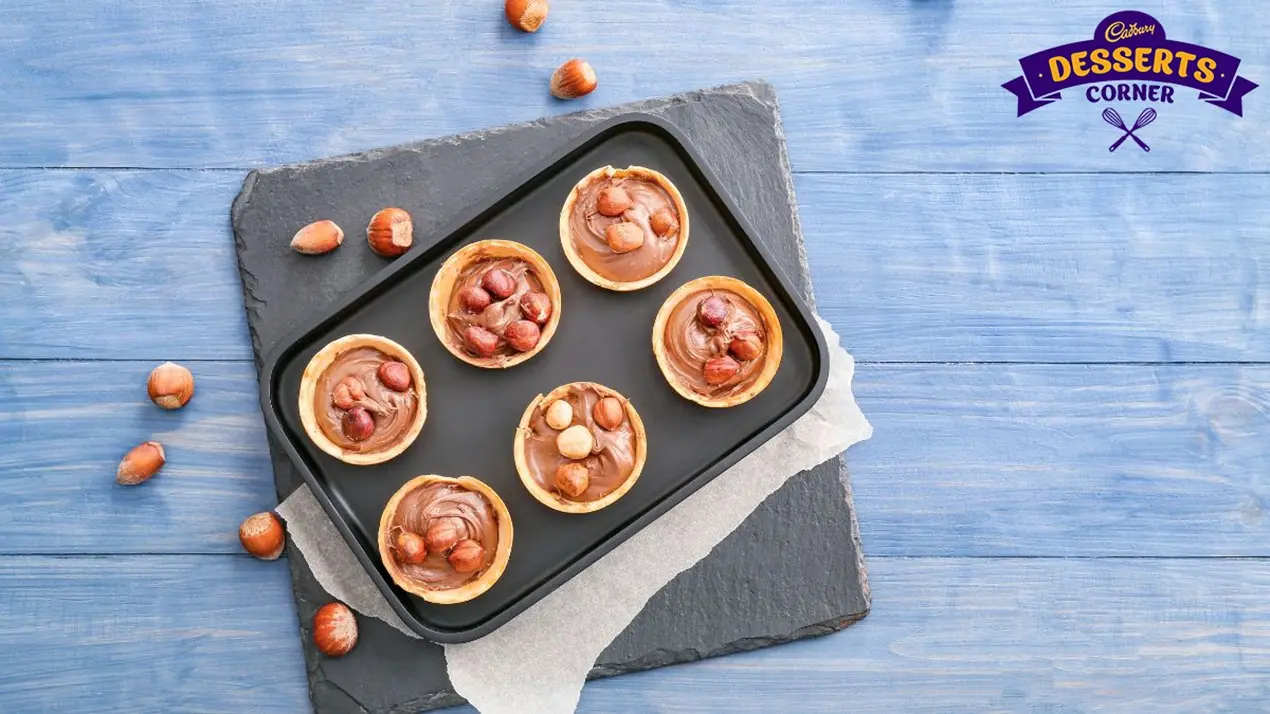
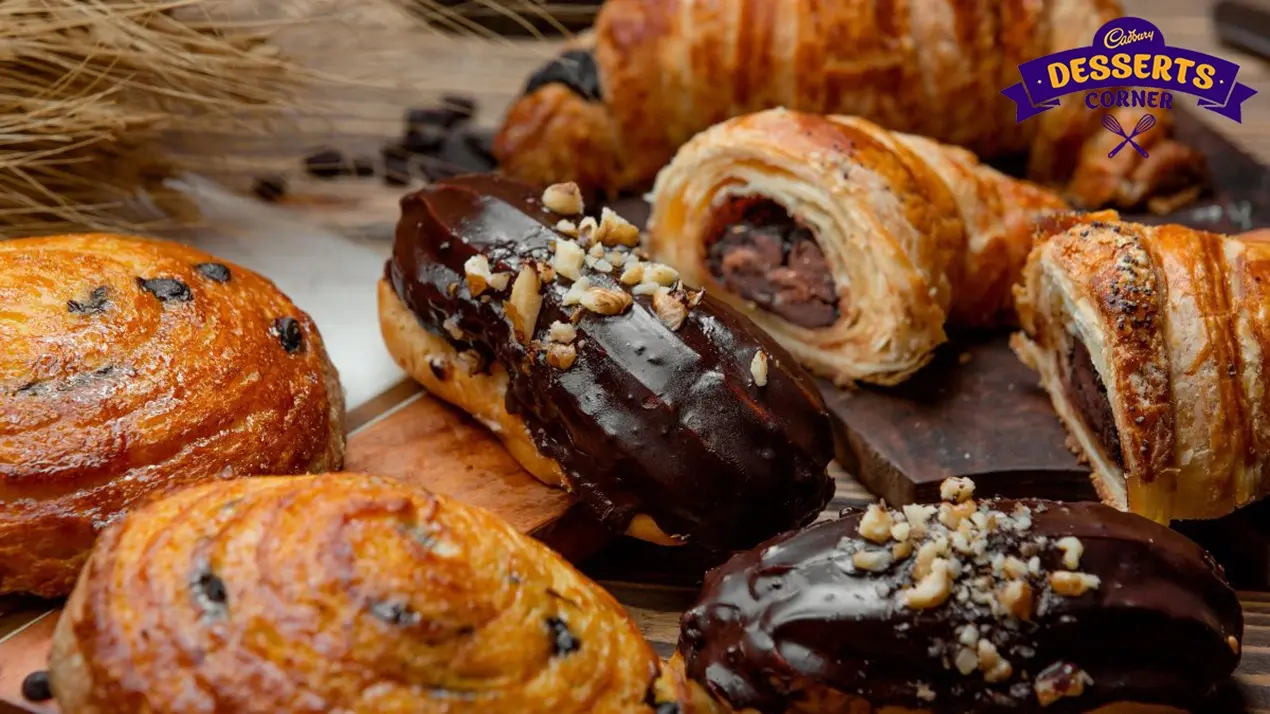


Popular Articles





Trending Web Stories
Curated Recipes
